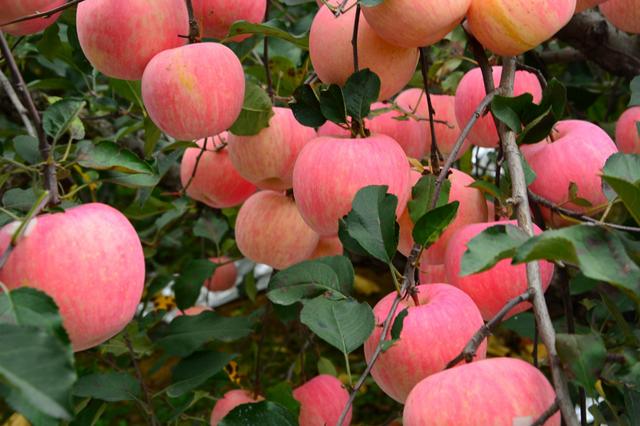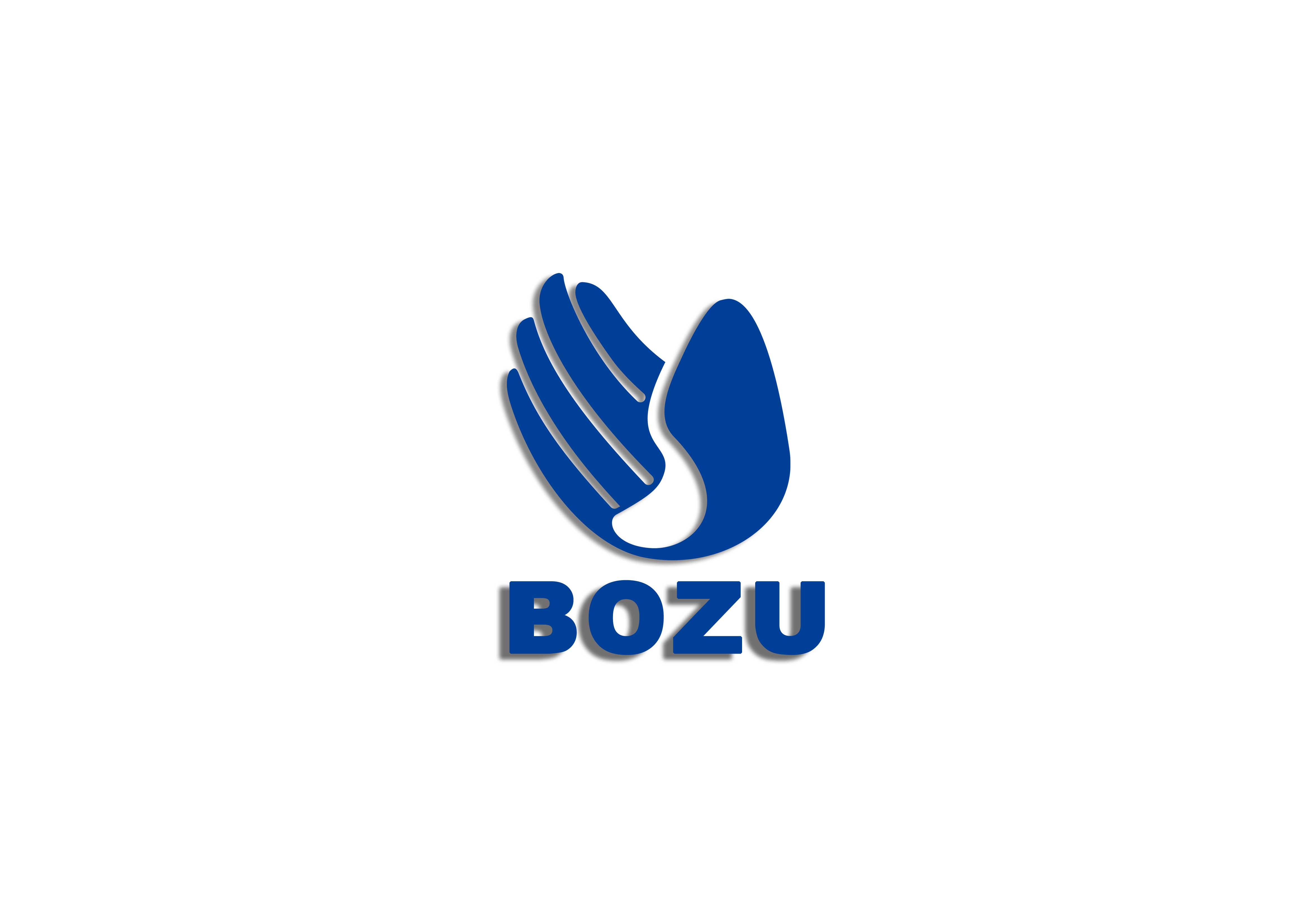
Apples are a popular fruit with high nutritional value and excellent cultivation benefits. However, during the cultivation process, apples can become unhealthy. Proper fertilization is key to increasing apple production and yield. So, how should apple trees be fertilized? What are some fertilization methods for apple trees? Let's take a look!
- Base Fertilizer
The best base fertilizer for apple trees is organic fertilizer, as it is more easily absorbed by the soil, significantly improving soil quality and thus increasing the quality and yield of apples. Organic fertilizers, such as decomposed products like livestock manure and corn stalks, are commonly used. Organic compost is the best nutrient for apple trees in their early stages of growth. Generally, approximately 3,000 to 5,000 kilograms (5,000 to 6,000 jin) of compost is needed per acre. When fertilizing, dig holes at regular intervals and fill them with fertilizer before planting. This allows the apple tree to better absorb the fertilizer, accelerating growth. 2. Growth Fertilizer
Growth fertilizer, also known as pre-flowering fertilizer, is a fertilizer applied before flowering. This fertilization is primarily intended to promote branch and leaf growth and accelerate the onset of the flowering period. Therefore, ammonia fertilizer is primarily used. However, excessive nitrogen fertilizer should be used carefully, as this will cause excessive branch and leaf growth, delaying the fruiting period. This will miss the optimal fruiting period and result in a reduced apple yield. Generally, an average of 500 kg of nitrogen fertilizer is sufficient per acre. This can be supplemented with 20 kg of phosphorus fertilizer and 20 kg of potassium fertilizer. Of course, some urea can also be used in moderation, using root irrigation for easier root absorption.
- Flowering Fertilizer
Flowering fertilizer is a crucial stage in the apple tree's growth cycle. Normally, alkaline fertilizer is applied about a week before flowering, or later, when scattered flower buds appear on the tree. Flowering fertilizer promotes flowering and prolongs the flowering period, thereby increasing fruit set. Another important function of flower-promoting fertilizer is to preserve fruit, thereby reducing the chance of fruit drop. During this period, we primarily use potassium and phosphorus fertilizers, spraying them on the leaves to effectively promote flowering and fruit preservation.
- Fruit-enhancing Fertilizer
Fruit-enhancing fertilizer essentially determines the quality of the apples. It's usually applied when the apples are about the size of an egg. At this time, we primarily use boron fertilizer, some specialized fruit-enhancing agents, and a small amount of high-efficiency potassium fertilizer. This promotes growth, shortens the growing cycle, and improves the taste and flavor of the apples, ensuring they grow rounder and more evenly, without deformities or defects. Furthermore, during this period, the apples gradually grow and color, ensuring a more even coloring and a more appetizing appearance. Many apples on the market are patchy, red, and green, looking very unbalanced. This is because fruit-enhancing fertilizer wasn't applied properly. 5. Maintenance Fertilizer
Maintenance fertilizer is essentially the same as the second-year base fertilizer. It's usually applied after all the apples have been harvested. We primarily use compost or wood ash, either by piling it up or applying it in strips or furrows. Straw and other fertilizers can also be used, but they must be fully decomposed before use. The wood ash should also be cooled before application. This prevents aging of the apple trees and lays the foundation for a high yield next year.




